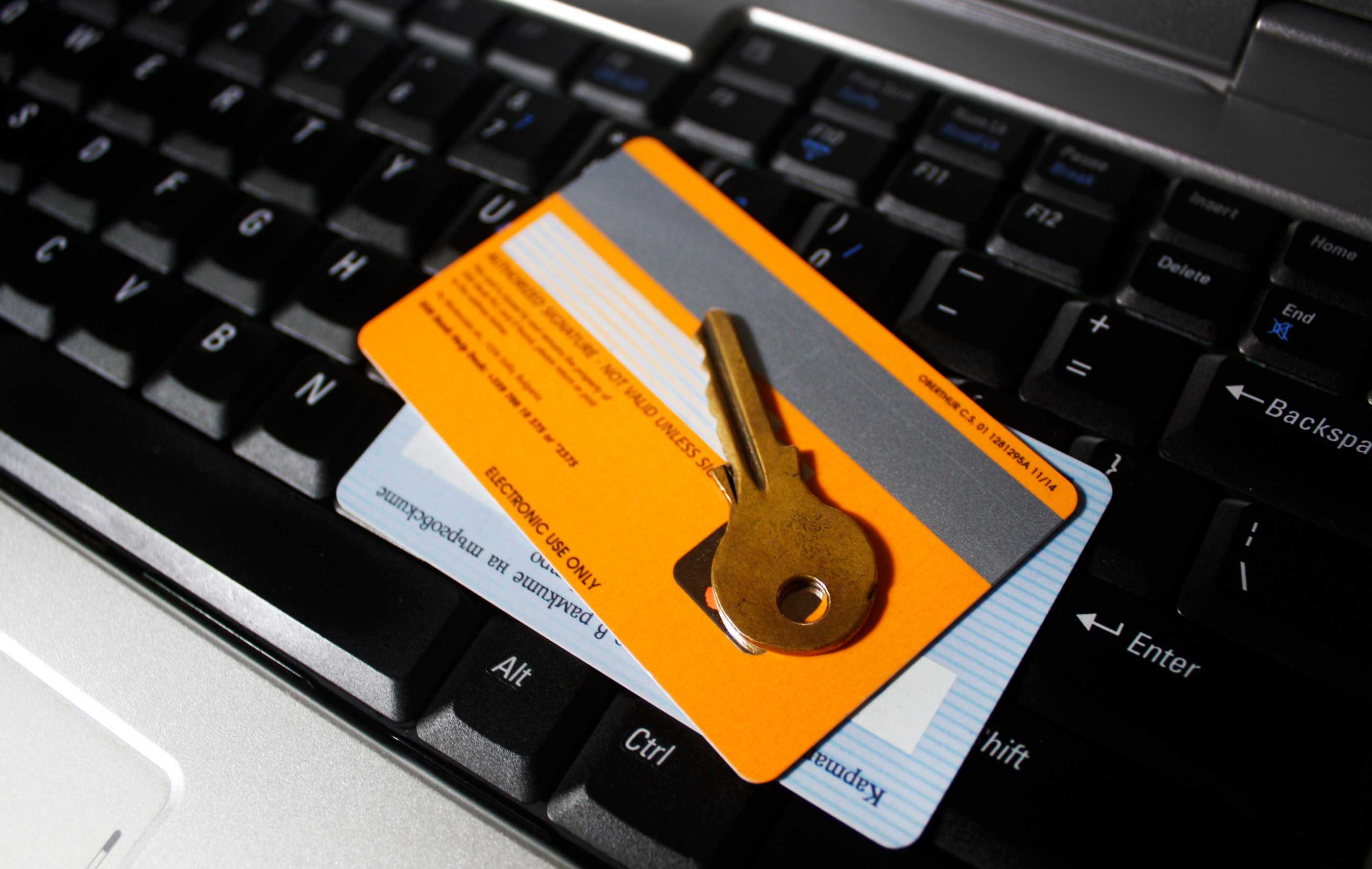What are keyloggers?
6th May 2025
Keyloggers: this malware is becoming more popular with cyber criminals – are your security systems up to the challenge?
Remembering passwords can be difficult. You can use a password manager to help, but usually you will have a few passwords that you have to remember yourself – it can be confusing!
That is what makes keyloggers such a dangerous form of malware: you might forget, but this type of malware doesn’t. Read on to find out what it is, how it works and how to stop it:
What are the types of keyloggers? There are two types of keyloggers: the first are hardware keyloggers, installed when a device is plugged into your computer; the second are software keyloggers that are malicious programs installed on to the device. Both can be dangerous, but the latter is much harder to spot and easier for bad actors to implement.
How do keyloggers work? Keyloggers record every keystroke that you make on a device. This data is then sent to the cyber criminal who installed it via email or a remote server. They can then go through the log to find sensitive information including usernames, passwords, financial information and other personal data.
How can you detect and prevent keylogging activities on your device? Ensure your hardware hasn’t been modified, make sure you have up to date endpoint detection and response and use specialised anti-keylogging tools to ensure your important details remain secure. Sometimes detection can be difficult, as certain keyloggers delete themselves after a certain number of keystrokes to avoid being detected.
Occasionally keyloggers can be used legally, for monitoring employee activity or parental control, but most of the time it is another cyber security threat to be aware of. For more information on malware to be aware of, talk to Interfuture Security.
YouTube: https://youtu.be/PhZ0Lvay-l0
